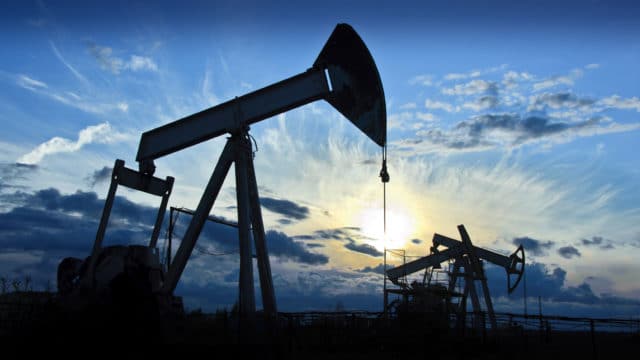Biomarkers Use in Petroleum Geochemistry

Estimated reading time: 5 minutes

Biomarkers & Isotope Use in Geochemistry
Petroleum geochemistry improves the efficiency of petroleum exploration as it provides an understanding on the factors that affect the volume of crude oil and natural gas available. Petroleum geochemistry offers rapid, low-cost evaluation tools to aid in understanding development and production problems. It is best used with other disciplines, such as seismic sequence stratigraphy and reservoir characterization.
What is petroleum geochemistry?
Petroleum geochemistry is the branch of geochemistry which deals with the application of chemical principles in the study of the origin, generation, migration, accumulation, and alteration of petroleum. Petroleum is defined as the thick, flammable substance that can be separated into fractions including natural gas, gasoline and oils. They are usually generated from the decomposition and/or thermal maturation of organic matter. It then decomposes and solidifies into source rocks, such as shale and limestone.
Various geochemical techniques and processes are used to:
- identify source rocks and determine the amount, type, and maturation level of the organic matter;
- evaluate the potential timing of petroleum migration from the source rock;
- assess the potential migration pathways; and
- correlate petroleum compounds found in reservoirs, leaks, and surface seeps to find new pools of petroleum.
How are biomarkers used in petroleum geochemistry?
Biomarkers help geologists to understand the correlation of petroleum to source rocks, as they used to find out which source rock the petroleum originated from. Biomarkers are organic compounds found in crude oils, bitumens and petroleum source rocks.
Biomarkers have a variety of applications in petroleum exploration. For example:
- When samples of oil and candidate source rocks are available, biomarkers can be used to make oilsource rock correlations, or
- When samples of candidate source rocks are not available, the biomarker distribution in an oil can be used to infer characteristics of the source rock that generated the oil without examining the source rock itself.
- Specifically, biomarkers in an oil can reveal
- the relative amount of oil-prone vs. gas-prone organic matter in the source kerogen,
- the age of the source rock,
- the environment of deposition as marine, lacustrine, fluvio-deltaic or hypersaline,
- the lithology of the source rock (carbonate vs. shale), and
- the thermal maturity of the source rock during generation
Various processes such as plate tectonics, basin and petroleum-system formation affect deep subsurface biological systems. Essentially, they are used by geologists and geochemists to understand biological activity in the deep subsurface. In petroleum exploration, surface geochemistry is applied to soils or seabed sediments to detect and determine the nature of hydrocarbons that have leaked to the surface from either source rocks or reservoir rocks in traps.
Biomarkers & Isotope Use in Geochemistry is a 3-day training course held from 25-27 November 2019 (Kuala Lumpur). You will understand the definition and types of petroleum fluids, the various biomarkers and detailed explanations and definitions on the formation of petroleum fluids. You will also gain an understanding on various key topics such as geochemistry, basin modelling, geochemical interpretation, performing analysis on the formation pressure, and more.
 |
